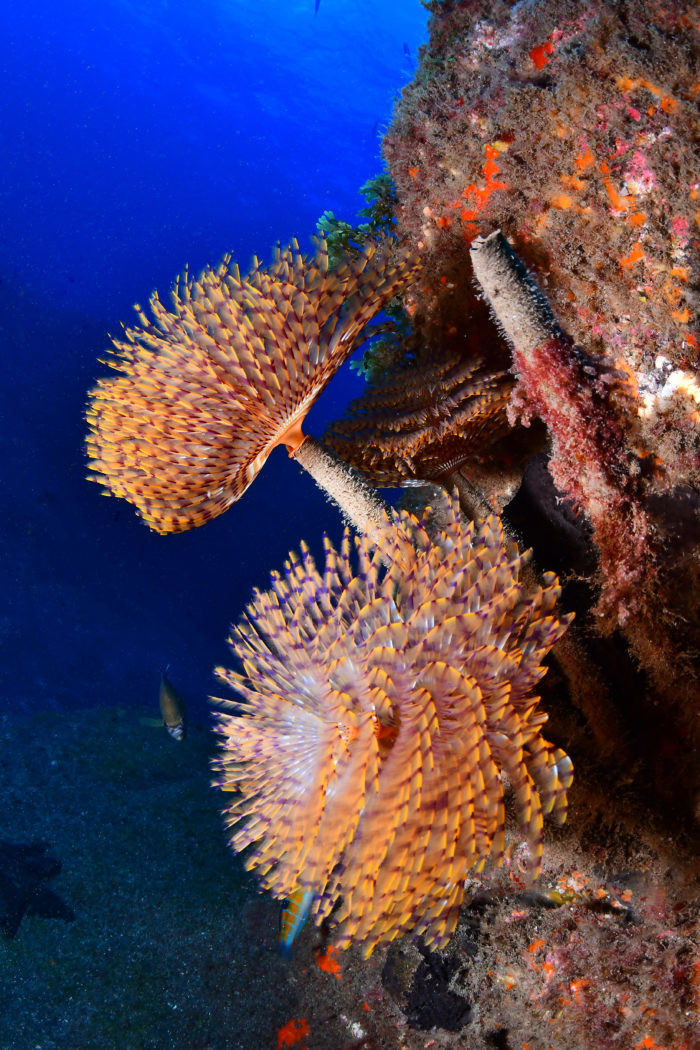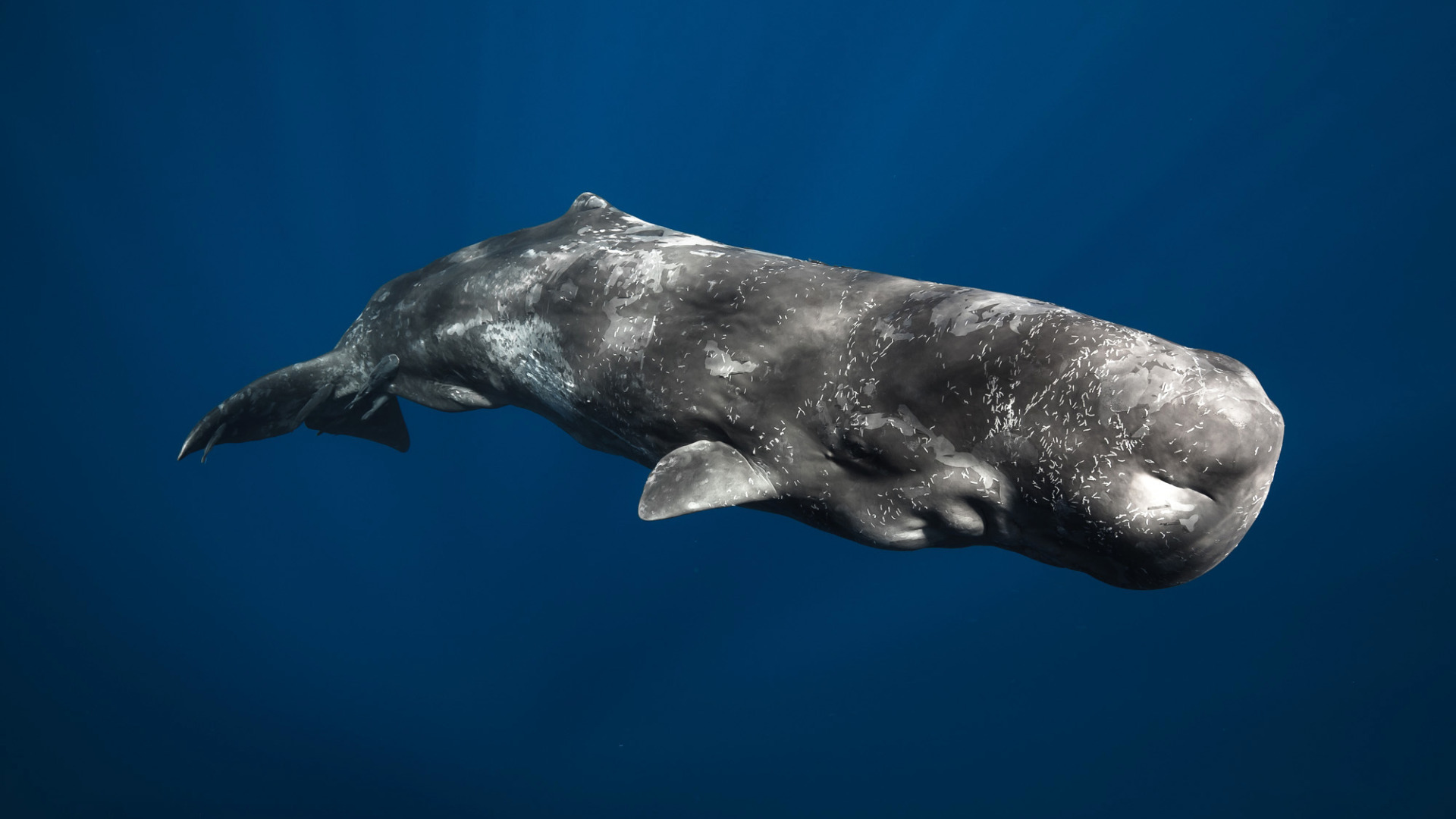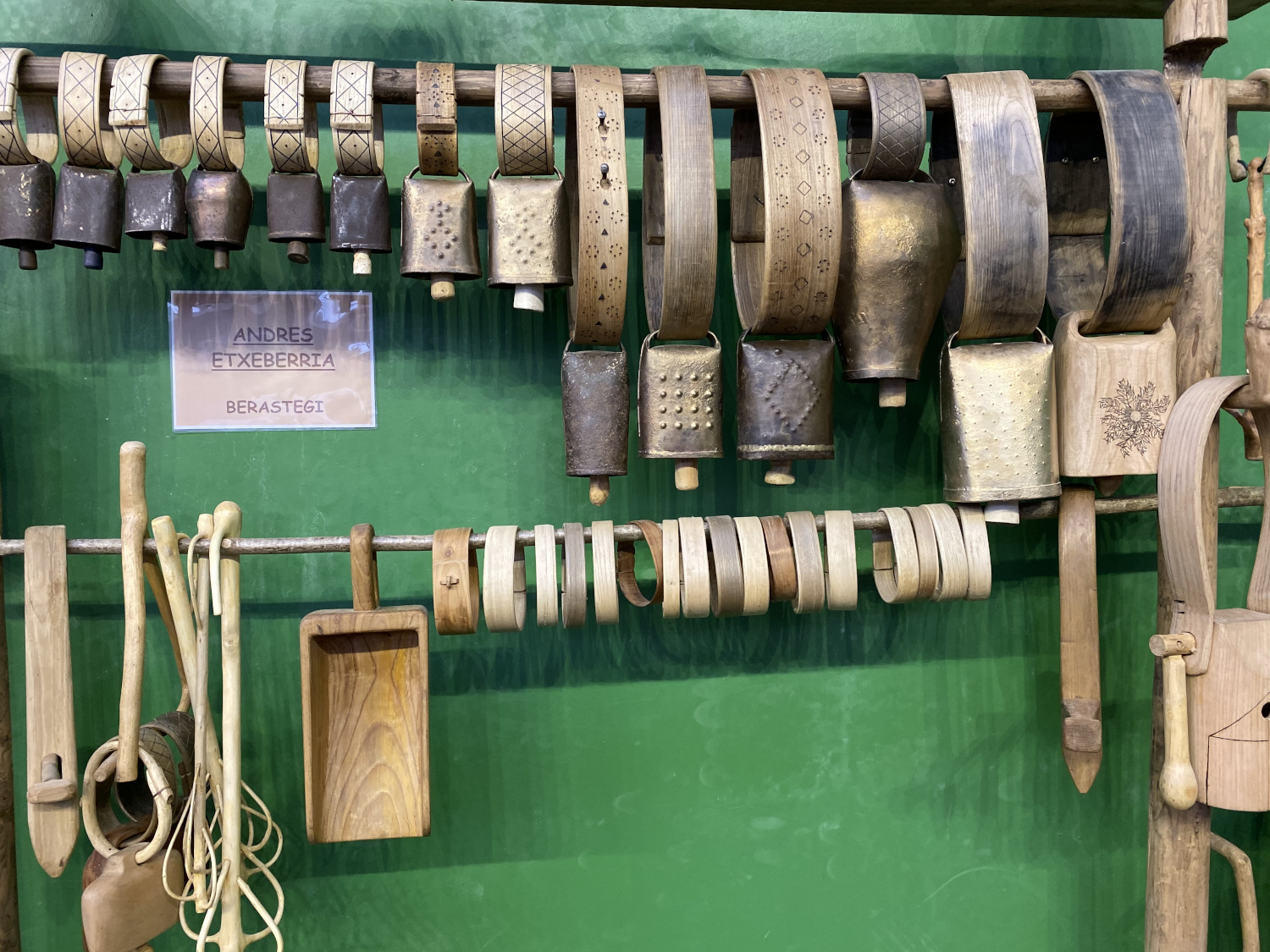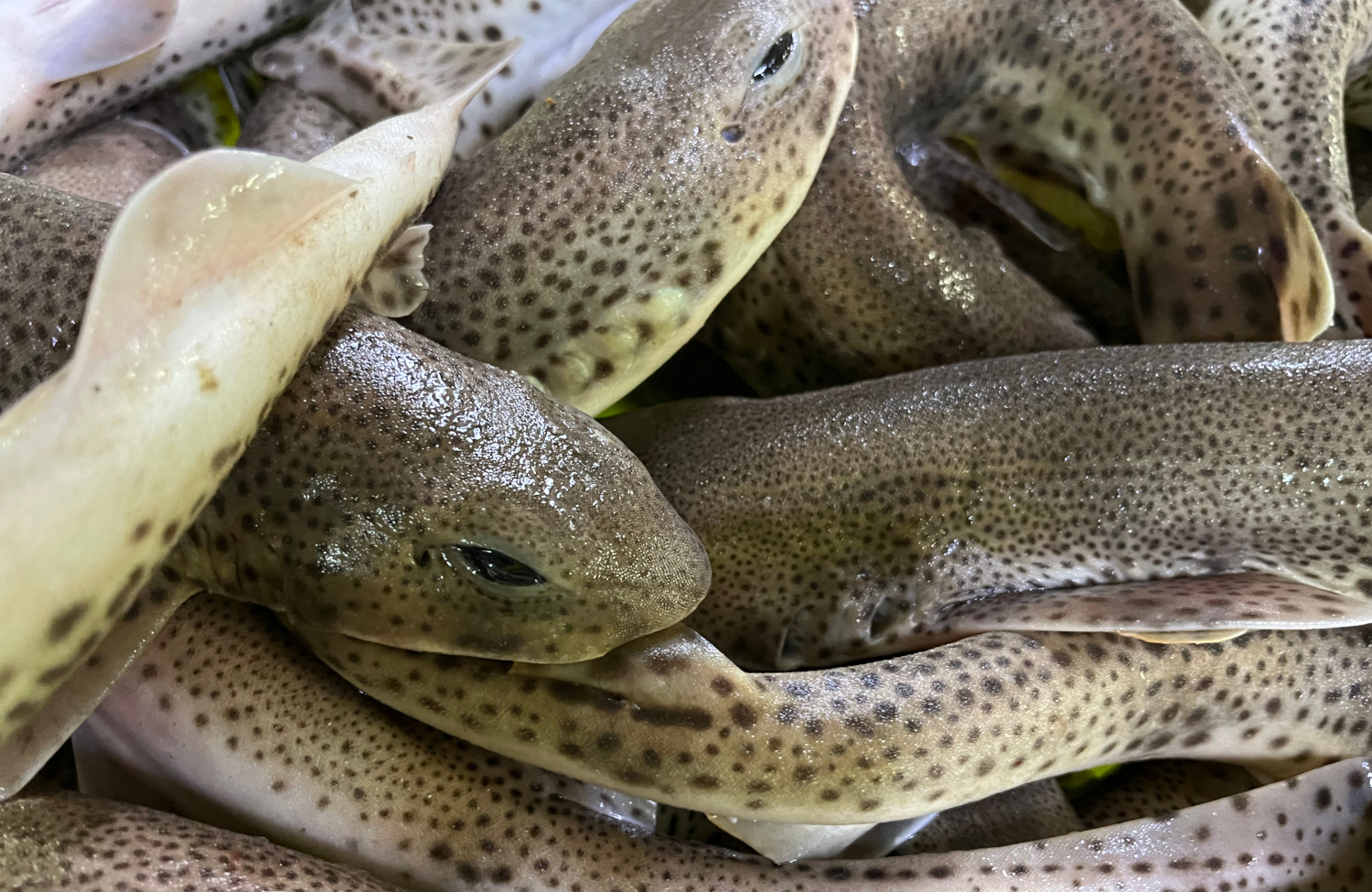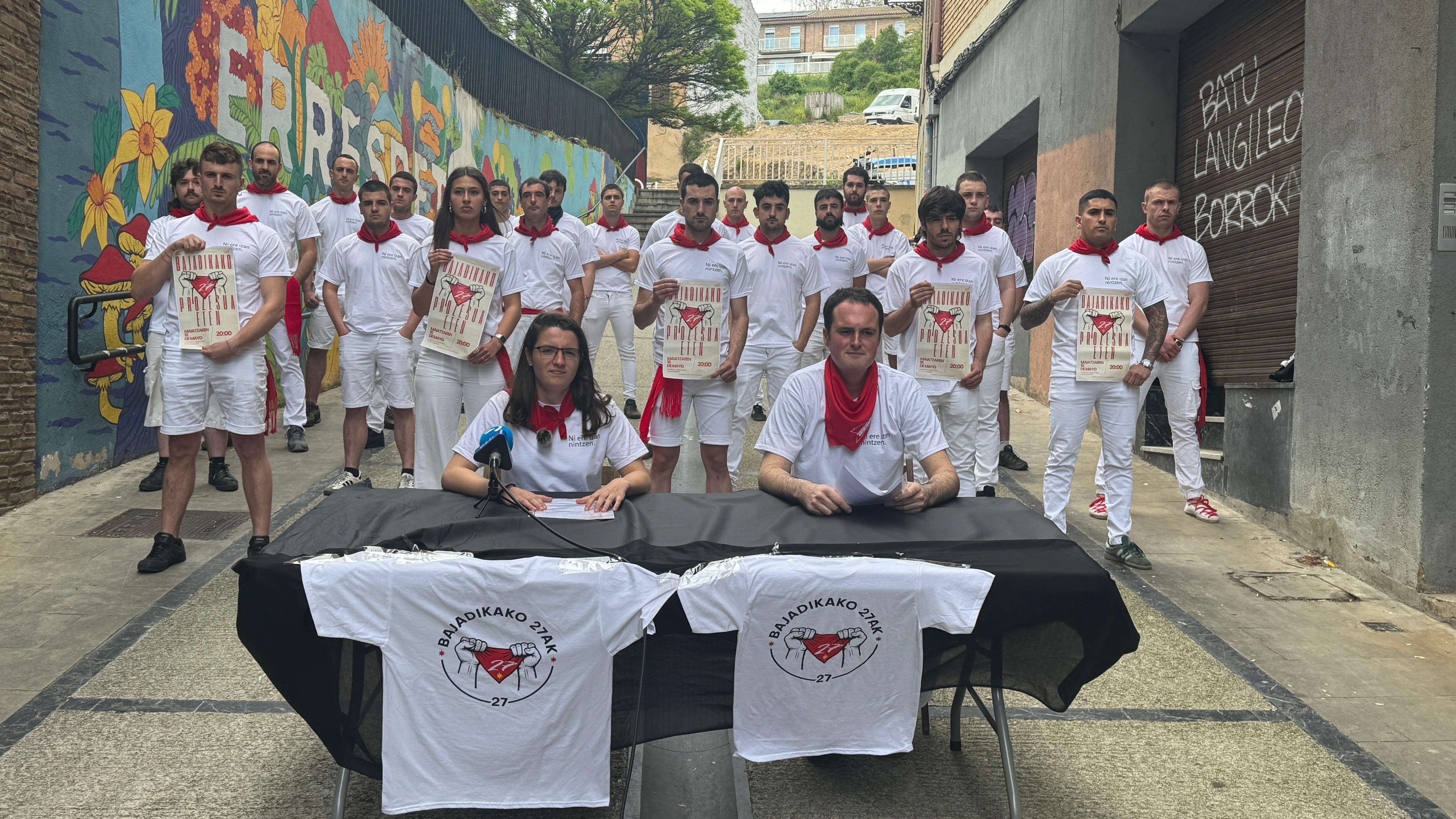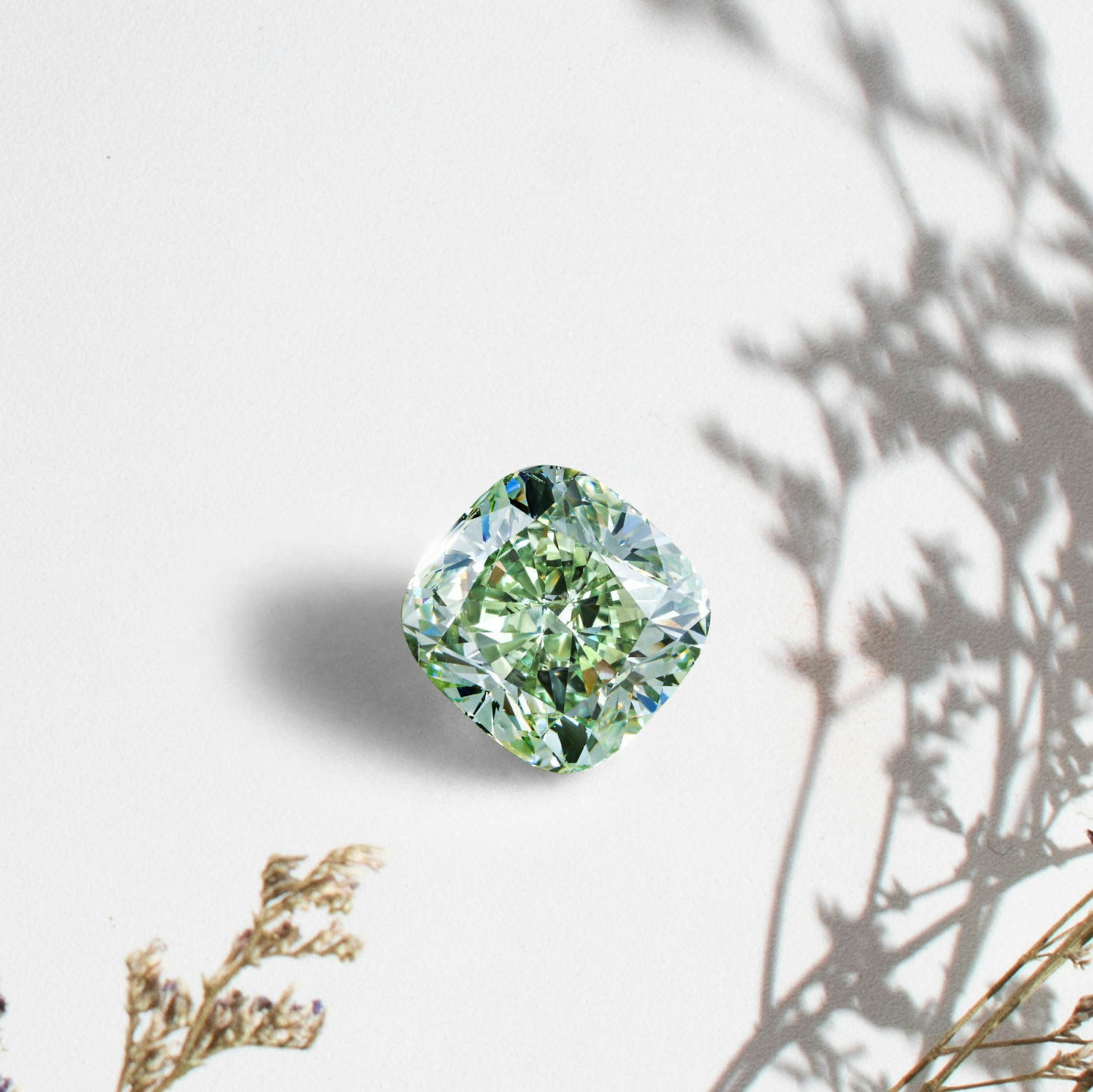A story of the flower: the instinct to contain the caste
- Flowers are not for us. Now, like the fruits so abundant in autumn, they're not for us either. Plants create and grow the fruit so that the seeds that go in them expand and new individuals emerge that keep their species and give them a future. We will intervene in that path of the seed and eat or squeeze the fruit, perhaps collaborating in the expansion of the seeds.

Any fruit will come from the flower. It is not fruit that has not been flower. But from the plant that doesn't give flowers. Lichens (aupa, white moss...) and mosses are originated about 500 million years ago and do not use flowers to reproduce, but spores like mushrooms. Later, they're the garos, they're also the spores proliferating. About 300 million years ago, the first flowering plants appeared. Those first simple flowers needed wind to conduct pollination. The male and female flowers are separated on the same plant and the wind will bring the male pollen to the female. Depending on the wind direction, they produce huge amounts of pollen. This tactic is carried out by conifers, but also by the avellano (Corylus avellana), the robles (Quecus spp. ), beech (Fagus sylvatica), birch (Betula spp.) and others. They're hard-to-see flowers and male hanging flowers to distribute pollen to the wind.
Later there was a move that would completely change the world, with strong heat. The plants created the flowers we know now to dry and protect the pollen from the flowers and the female's air without burning it. New strategy: protecting flowers from petals, sepals, etc. This protection reduced the prominence of the wind, doing its job as it could not be otherwise; and they had to find substitutes: insects already walking around. To attract insects to flowers, they had to host incredible festivals, like the smell, which will allow them to succeed when the insect starts looking for a mate, the color, visible from afar, even those who receive the heat from the sun, especially white and yellow, and the awards “in exchange for pigs”, pollen and nectar to feed insects. Some want birds to pollinate and have long tubular flowers. Others bloom at night to be pollinated by Polyites and Bats. And, I insist, flowers are not for our enjoyment.
All of these works to put into practice the footprint that each plant wants to leave in the world. Because every plant, not the species, but every individual is special; each one has his grandfather and his grandfather and wants his caste to last. It profoundly fructifies its feminine flower and extends the pollen ahead of it as effectively as possible to pollinate many other female flowers. So your genes will still exist.
Then came the “species” of modern people, ours, less than 200,000 years ago. And the instinct of caste support plants was, and we have.
Pond of Venice, year 452. Prompted by the Huns' invasion, several inhabitants of the interior of the Italian peninsula took temporary refuge in the swampy area. But the Lombard invasions came in a few years, and it would become a permanent home for those immigrants. It was a... [+]










